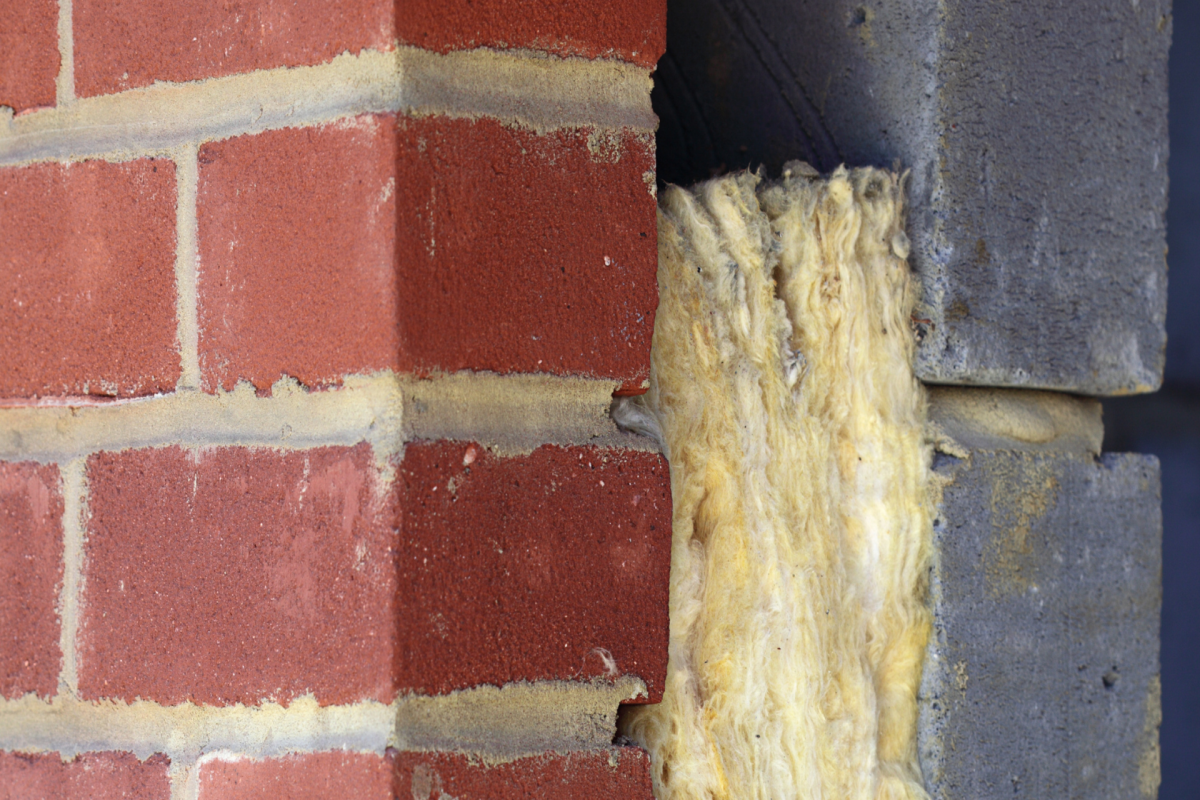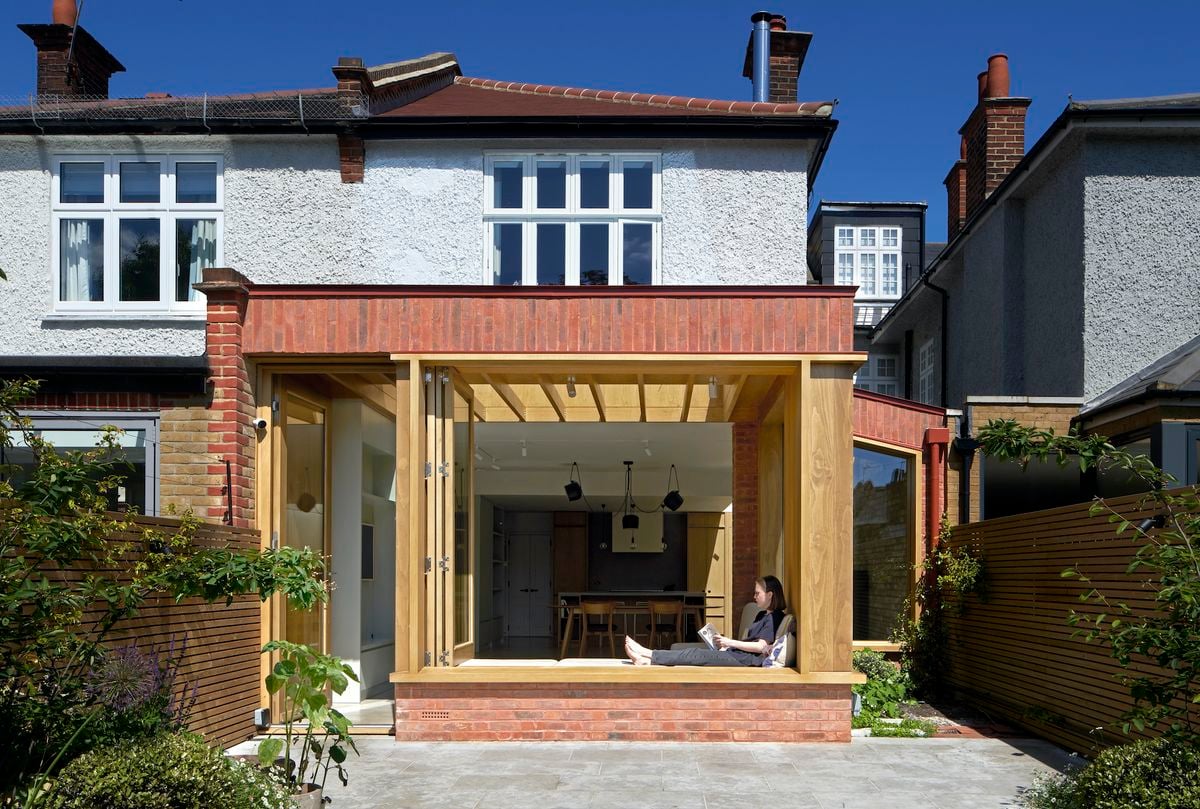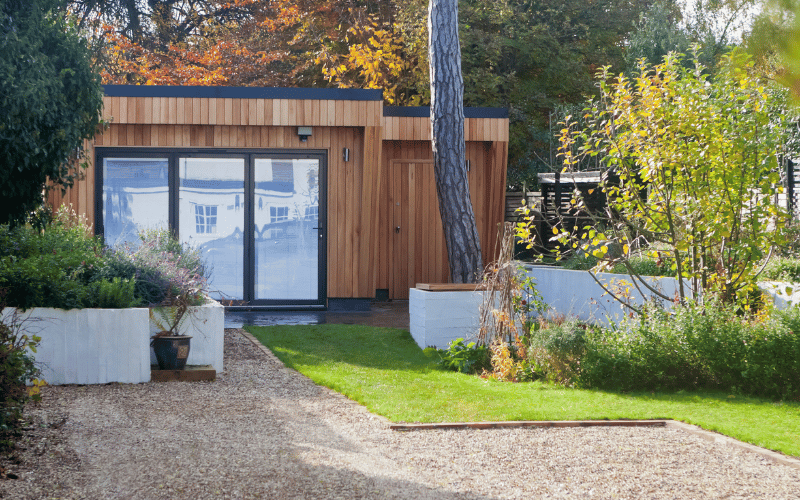Will My Cavity Wall Insulation Ever Need to Be Replaced?

Table of Contents
The combination of rising interest rates and soaring energy bills over the last 12 months has meant that our homes are now costing us more than ever.
Whilst businesses and other non-domestic energy users have welcomed the introduction of the Energy Bills Discount Scheme which will replace the current Energy Bill Relief Scheme and run from April 2023 – April 2024, and some homeowners qualify for energy grants and assistance with their bills, the increase to the government’s energy price guarantee from £2,500 to £3,000 for the typical household as of 1 April 2023 means that remaining as energy efficient as possible is still a significant priority.
There are a number of ways that we can increase the energy efficiency of our homes which is not only good for our wallets in the short term, but will also reduce our carbon footprint and add value to our properties, something which will certainly come in handy if we ever decide to sell them in future.
One such example for increasing energy efficiency is cavity wall insulation.
Cavity walls were introduced in the UK in the early part of the twentieth century to guard against damp. However, cavity wall insulation was not introduced until the 1970s and did not become compulsory for all new build properties until the 1990s. With around 46% of the current UK housing crop built between 1930 – 1982, particularly in the housebuilding boom of the 1930s, this means that a huge number of homes were not built with cavity wall insultation as standard.
Given that around a third of all heat loss in our homes is as a result of uninsulated walls, introducing cavity wall insulation can make a huge difference and reduce heat loss by an impressive 25%.
Essentially acting as a blanket around our homes and with the added benefit of keeping them cooler in the summer months, cavity wall insulation involves the injection of insulating material such as mineral wool, polystyrene beads, or polyurethane foam into a property’s walls.
Whilst many companies offer cavity wall insulation services, you should always ensure that whoever you choose is a member of the National Insulation Association (NIA), the Cavity Insulation Guarantee Agency (CIGA) or the British Board of Agrément (BBA) so that you know they are appropriately qualified to undertake the work. A professional will also be able to advise whether or not cavity wall insulation is the right option for your property, as it will not be the most suitable insulation method for all homes depending on age and other factors.
The cost of cavity wall insultation will vary depending on the size and type of property you own, but will typically cost from around £395 to a mid-floor flat to around £1800 for a detached house according to the Energy Savings Trust.
Homeowners can expect to recoup the cost in 5 years or less though via the savings they make to their energy bills. The upfront cost is a lot less than many other energy efficiency measures too, such as installing a brand new boiler or solar panels. The good news is you may also be eligible for a loan or grant to help towards the cost as well.
But how long does cavity wall insulation last and will I need to replace it or top it up in future?
Well, as long as it was installed correctly by a qualified professional, cavity wall insulation should last for the lifespan of the building and remain maintenance free. Particularly if it was introduced during the construction of said building.
However, incorrect installation (around wall vents in particular) or alterations to the outer walls of your property can disrupt the insulation and cause it to degrade sooner. This can cause heat loss and potential damp and mould which, left untreated, can lead to possible respiratory issues.
If your cavity wall insulation has failed you will usually begin to notice cold areas on your internal walls or water damaged plaster, paint or wallpaper. Externally, you may begin to see water damaged bricks crack, crumble, flake or begin to pop out.
If your cavity wall insultation has failed, unfortunately it cannot just be ‘topped up’. The material will likely need to be extracted and new insulating material installed.
If you think there may be an issue with your cavity wall insulation, you can test its efficiency and identify any specific cold spots via a thermographic survey. Whilst you can often hire an infrared camera from your local council to give you an overview of any specific issues, to get a completely accurate assessment of your cavity wall insultation you should always hire a qualified engineer to undertake the survey rather than rely on your DIY results.






